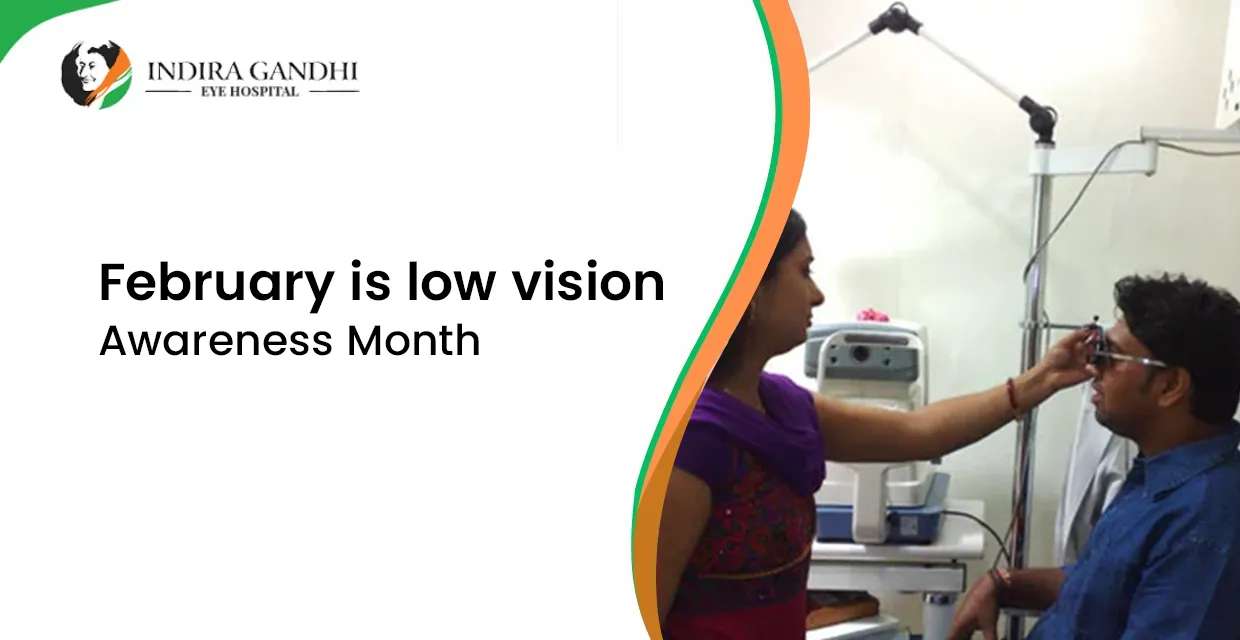Understanding Low Vision
February marks an important time of the year dedicated to raising awareness about low vision, a condition that affects millions worldwide. Low vision is defined as a visual impairment that cannot be fully corrected with standard glasses, contact lenses, medication, or surgery. It encompasses a wide range of visual issues, including reduced visual acuity, loss of peripheral vision, and difficulties with colour perception.
The Impact of Low Vision
Individuals with low vision face unique challenges in their daily lives, from navigating their immediate environment to engaging in regular activities like reading, writing, and using digital devices. The emotional and psychological impact of adapting to low vision can be significant, affecting personal independence and quality of life.
Strategies for Managing Low Vision
Adaptive Technologies
We live in an era where technology offers innovative solutions to overcome the limitations posed by low vision. Adaptive technologies, such as magnifying devices, screen readers, and specialised software, empower individuals to engage more fully in personal and professional tasks.
Environmental Modifications
Simple changes in the environment can significantly improve accessibility for those with low vision. Increased lighting, high-contrast decor, and the use of tactile markers are practical steps that can enhance safety and independence.
Professional Support Services
Low vision specialists, occupational therapists, and rehabilitation services play a crucial role in providing tailored strategies to manage the condition effectively. These professionals offer guidance on using adaptive technologies and making lifestyle adjustments to accommodate visual impairments.
Community and Advocacy
Building a supportive community is vital for individuals with low vision. Support groups, online forums, and advocacy organisations offer resources, share experiences, and work towards improving accessibility in public spaces and digital platforms.
Raising Awareness and Understanding
Educating the public about low vision and its implications is essential. Awareness campaigns during Low Vision Awareness Month play a pivotal role in fostering understanding, reducing stigma, and advocating for inclusive practices in society.
Conclusion
As we observe Low Vision Awareness Month, it's vital to acknowledge the hurdles faced by those with low vision and the significance of accessible solutions. Embracing adaptive technologies, thoughtful environmental adjustments, and cultivating a supportive network can greatly enhance life quality for affected individuals.
By committing to awareness-raising, fostering understanding, and championing inclusivity, facilities like the esteemed Eye Hospital in India, Indira Gandhi Eye Hospital, and consultations with the Best Eye Specialist in Gurgaon, contribute to a year-round effort in improving lives impacted by low vision.


